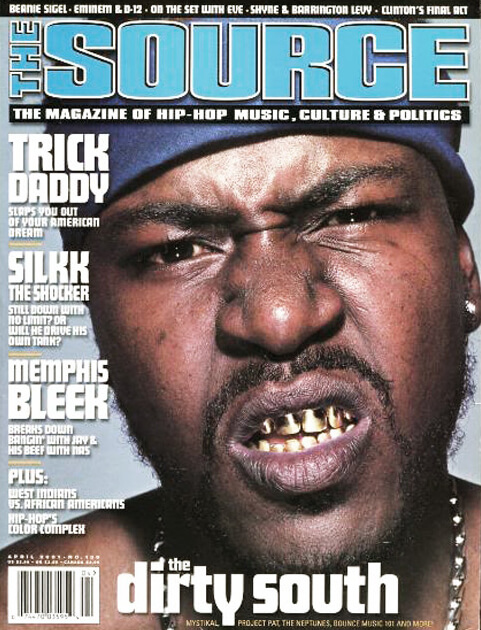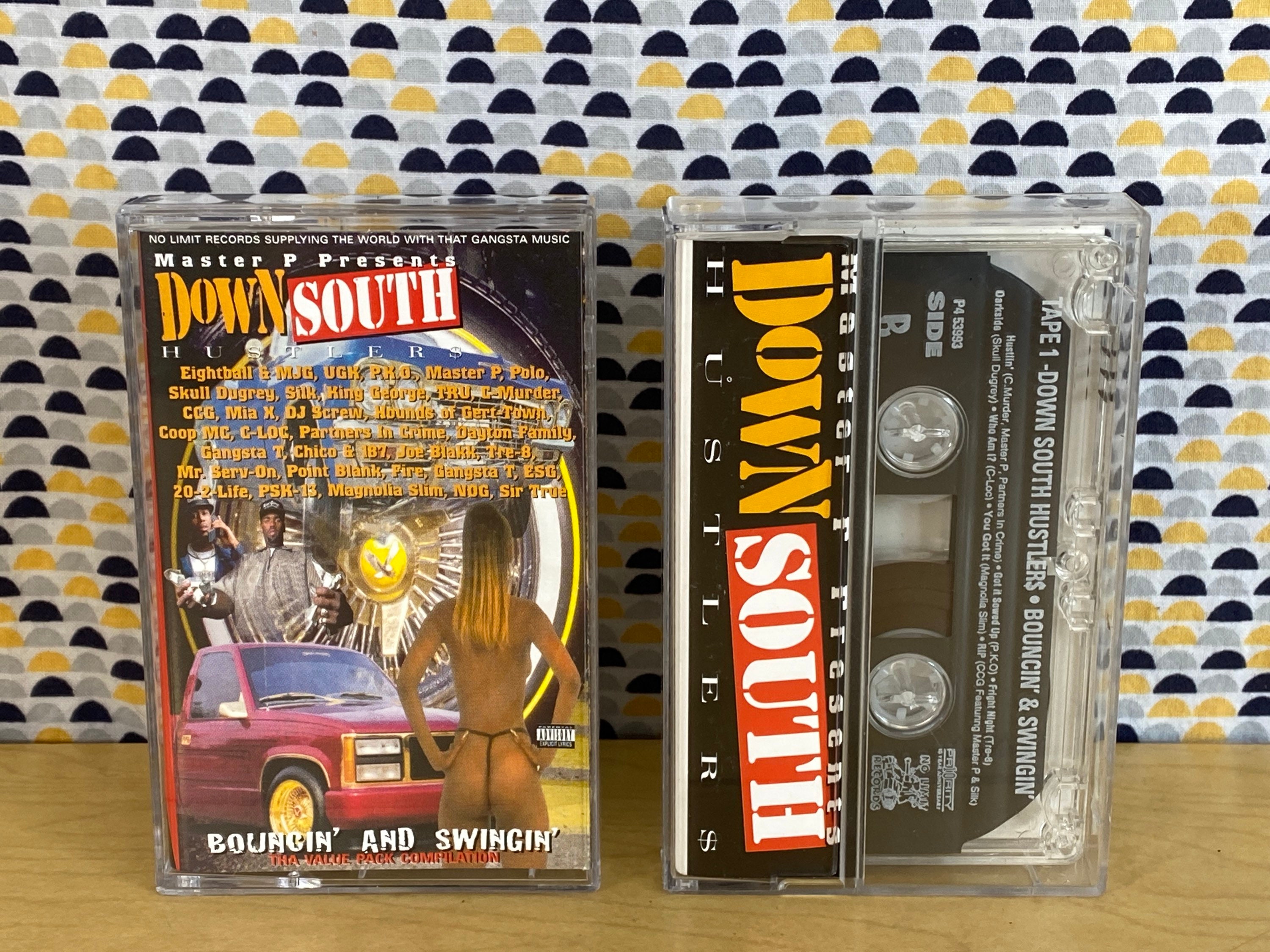
A full-length album, It’s Jimi, was released in 1992. While Tucker’s song was only released in the form of a crude, bootleg-quality live recording, its local popularity inspired a more polished studio recording by DJ Jimi, “(The Original) Where They At,” on Isaac Bolden’s Soulin’ Records, which appeared in Billboard charts. Tucker rose to local fame with a song called “Where Dey At” over DJ Irv’s backing music, largely derived from the 1986 single “Drag Rap” by the New York-based group called the Showboys. In late 1991, a distinctive local style emerged in New Orleans, based on the efforts of rappers and DJs working in small nightclubs and block parties, or large outdoor gatherings of dancers and spectators.
#MASTER P DOWN SOUTH HUSTLERS 1995 ZIP FULL#
Several rap groups, including Full Pack and 39 Posse, started their own independent labels, through which they released recordings of themselves and others. Club owner and promoter Warren Mayes had a local hit with the chant-heavy song “Get It Girl,” which was released as a single by Atlantic Records in 1991. Ice Mike, who had built his production and rapping skills as a member of the Def Boyz, released records as a solo artist and produced records for others, most prominently BustDown, who was signed to Effect Records, based in Miami, Florida.

Other West Bank rappers included Tim Smooth, who signed with Yo! and later, Rap-a-Lot. Several rappers from the West Bank area of greater metro New Orleans achieved prominence, including MC Thick, whose single “Marrero” led to a contract with a subsidiary of Atlantic Records. Other important groups from the period included the Famous Low Down Boys and E.R.C. MC J Ro J’s single “Let’s Jump” was the first local hip-hop tune to sample music from New Orleans’s second line brass band tradition. Other rappers and producers attained prominence in the late 1980s. While they produced music that was largely indistinguishable from mainstream commercial rap, their two-song single on the local Uzi Records was a groundbreaking expression of the local hip-hop sensibility, relying on participatory, call-and-response-based cadences, and references to the city’s housing projects and other poor or working-class areas where hip-hop was taking root. The pair released records on the Yo! Label, based in Dallas, Texas, and the Los Angeles-based D&D. Other groups from this period included Rockers Revenge and the Ninja Crew (composed of rappers Gregory D and Sporty T, and DJ Baby T), who released a single in 1986 on the Miami-based 4-Sight label.Īfter Ninja Crew disbanded, Gregory D partnered with Mannie Fresh to form a duo that would prove to be one of the most prolific rap groups of the late 1980s. It included Byron Thomas and Mia Young, who would go on to later fame as Mannie Fresh and Mia X, respectively.

New York Incorporated, a group of several DJs and rappers led by transplanted New Yorker Denny Dee, was one of the first devoted exclusively to hip-hop. These included singles by Parlez (on Senator Jones’s Superdome label) and Jones and Taylor Experience (on Soulin’ Records), among others. Locally established record labels and producers were responsible for some of the earliest rap recordings to come out of New Orleans. New generations of artists and companies emerged in the early twenty-first century, but many of those suffered a major setback in the form of Hurricane Katrina-related disruption. Building on the early foundation, several independent record labels, including No Limit and Cash Money, captured national audiences in the late 1990s, and helped establish New Orleans as one of the centers of the “Dirty South” style. However, the city’s distance from hip-hop’s initial centers of activity (New York and later Los Angeles) meant that it would take a significant amount of time for New Orleans-based rappers, producers, and record labels to penetrate the commercial mainstream. Building on a decade of local activity, rappers and DJs in New Orleans during the early 1990s created a new local style of hip-hop that was eventually christened “bounce.” While the style remained regionally limited, the bounce scene helped support the growth of a local industry. New Orleans, with its rich history of African American musical traditions, has occupied a central place in the history of hip-hop in Louisiana, although several notable rap artists have emerged from other cities like Baton Rouge.


Rap, Hip-Hop, and Bounce Music Rap, hip-hop, and bounce are musical genres that developed in New Orleans beginning in the late 1980s.


 0 kommentar(er)
0 kommentar(er)
